Finding “Real Rural” in California
California has more than its fair share of famous landmarks, but a recent photo project is going to show you...
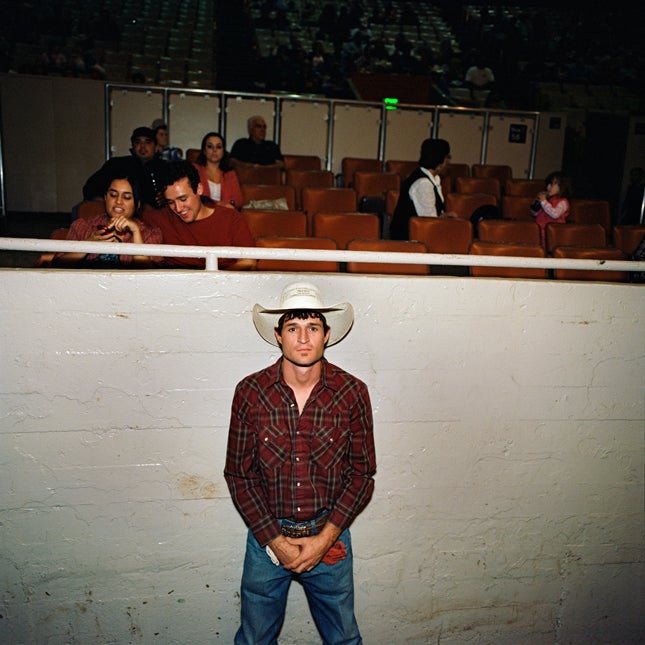
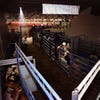
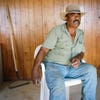
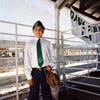
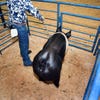
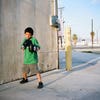
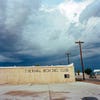
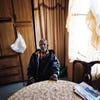
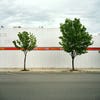
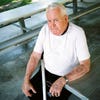
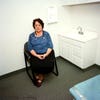
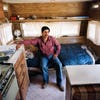
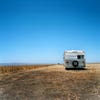
California has more than its fair share of famous landmarks, but a recent photo project is going to show you places in the state that you’re unlikely to find printed on postcards. To make Real Rural, Lisa Hamilton traveled almost 10,000 miles around the state, exploring its rural areas while interviewing and photographing everyone from professional rodeo riders to sheep herders living in RVs. The goal of the project, which exists as a multimedia project at RealRural.org, is to connect the people in California’s urban areas to the state’s rural communities.
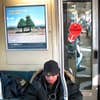
A Real Rural poster on BART
Hamilton has already used unconventional ways to develop this connection: the project itself exists online in multimedia form, and there’s been a poster campaign on BART, the San Francisco Bay Area’s transit system. Later this year, a billboard campaign will launch in Los Angeles and the state capital, Sacramento. In this way, she’s using a similar strategy as Zoe Strauss, whose “Billboard Project” went up in Philadelphia earlier this year. It’s not only that both photographers used public advertising space as a way to get their images in front of people, but also that both Hamilton and Strauss are trying to explore communities through their work, and to very explicitly encourage their audience to reconsider their relationship to these communities. This is exciting because it suggests a very real use for photos: beyond their existence as beautiful images, these photographs function as part of a larger project with a defined goal.
Hamilton says that she made decisions for what to show on Real Rural based on the strength of her photographs, and it’s true that you can enjoy the site immensely just flicking through the images. Still, Hamilton’s text and audio clips bring you much closer to the people she’s introduced. It’s hard to make engaging multimedia projects online, but I enjoyed diving into Real Rural’s world. I spoke with Hamilton about her methods and goals for the project.
Do you see the photography in Real Rural as an artistic endeavor, or more supporting the journalistic aspect of your project?
This is the first time that I’ve been truly a multimedia artist. In the past I’ve always been a photographer and a writer, but one was always driving, and if the other one was present, it was really in a supporting role. In this case I designed the project to be primarily photography, and I carried that with me through the whole process. The choices I made were centered on the photography—if the photographs of a certain subject didn’t hold together, I would not tell that story. I found that when I thought of myself as a storyteller, I could approach each new venue or format and think, “What’s the best way to tell a story there?” Online, it made sense to tell stories using all these different mediums together, in a complementary way. With the posters that we have on BART, it was clear that the best way to tell a story there was to use one very strong photograph and a little bit of supporting text, in some cases just three words. With the work going forward, the show that we’re doing in the fall, and then with the billboard campaign that we’re planning to launch, again we’ll have those questions of “what’s the best way to tell a story in this place, in this format?” So it was really liberating for me. The sort of condensed answer is, on one hand I was leading as a photographer through the whole work, but at the same time I was really redefining myself as a storyteller.
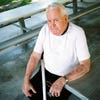
Orville Arms at Veterans Memorial Park. Chowchilla, Madera County.
I’m interested to hear how you find these stories to tell. I wonder if you have some sort of method for when you go to a new place–I mean, how do you find somebody like this man Orville Arms? It seems like you just bumped into him on the street.
Sometimes it is as organic as bumping into someone on the street. I had my daughter with me, we were actually en route to somewhere else, and just stopped because we needed a break from the car. We were in a park, and as we were sitting there I saw this man doing his laps around the park—very slow laps. I thought, “I bet he has a story to tell.” In other cases, I just start asking questions, and asking for introductions to people, until I meet someone who really catches my attention. I’m thinking of the bull rider, Keith Roquemore, who I focused on. I went to a rodeo early on in the project and was really intrigued by the backstage world of the rodeo, this very un-glamorous world of young guys living out of their overnight bags and spending every last dime they have just to keep playing the game. They’re trying to become superstars, and they’re getting physically battered every day along the way. I knew that I wanted to focus on it, but I’d never met a rodeo guy before, so I just started asking questions and gradually people introduced me to one bull rider and the next, and I made my way to Keith Roquemore.
When I met him, something about the way that he told his story, and the total commitment, the total devotion to bull riding that he put forth, both explicitly in the conversations that we had, and just by his mannerisms, and his eyes as he talked about this, that really caught my attention—he was different from the other people who I’d spoken with. So, yeah, it can be as easy as meeting someone who’s just walking down the street, and it can be a much longer process, but no matter what it is, what I’m looking for almost always is someone who feels a great devotion to something, and in most cases that person feels so passionate about it that he or she is willing to throw convention out the window, and lead an unconventional life, in order to pursue that passion.
I can feel that in a lot of the stories that you’ve told, and the rodeo interview especially. So, I’m interested to know what kind of response the photos have gotten, either from people in, let’s say, urban areas, and also whether you’ve gone back and shown the project to your subjects.
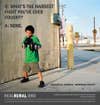
The BART ad featuring Sebastian
People in urban areas have been really excited about these images, for a lot of different reasons. There’s such fervor in California, and particularly in the San Francisco Bay Area, about local food and farming, but people rarely have access to go very deep into the world of rural California. People can go to the farmer’s market, but they don’t, or can’t go out into rural California and explore. So I think there’s an element of adventure that people are finding with these photographs. It’s sort of a quiet adventure. [laughs] When I’ve shown the photographs to the subjects, it’s obviously not exotic or adventurous. Across the board, people are pretty demure. Perhaps the one exception to this is the boy named Sebastian, who’s a boxer in Thermal, way down South in the Coachella Valley. He was 11 years old when I photographed him, and actually that portrait is one of my favorite photographs from the whole project. When I called to ask permission to use his photograph in one of the subway ads, I was talking with his father, and Sebastian was standing next to him jumping up and down because he was so excited that his photograph would be on the subway in San Francisco. He was just really excited to have his story told, to feel like there was someone who felt like his story was his important.